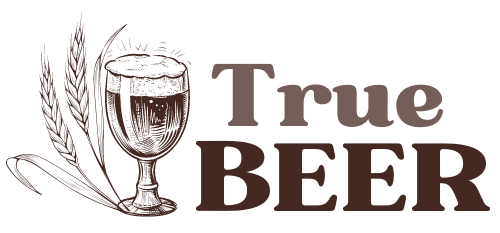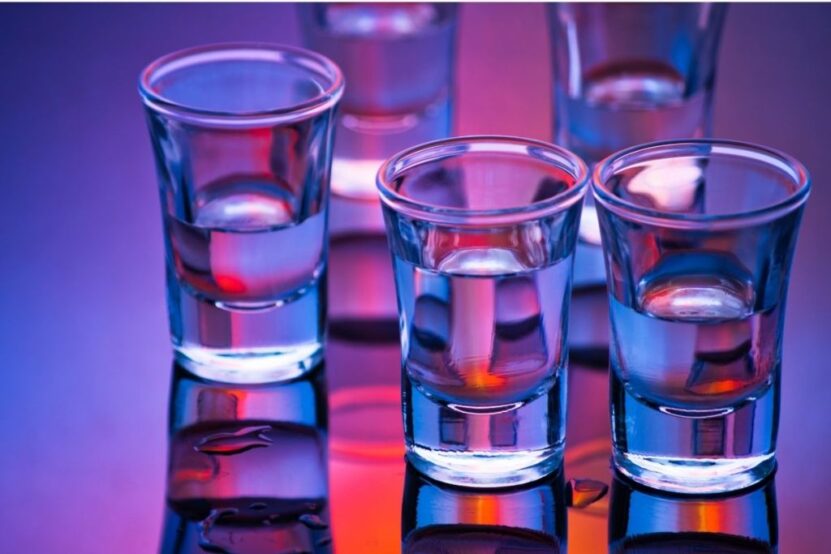Shot glasses are ubiquitous in bars, at parties, and even in our own homes. These small, cylindrical vessels have a significant role in the world of alcohol consumption, mixology, and collecting. But have you ever wondered how many ounces are in a shot glass? Join us on this journey as we unravel the intriguing world of sizes, their origins, and impact on our drinking experiences.
Standard Shot Glass Size
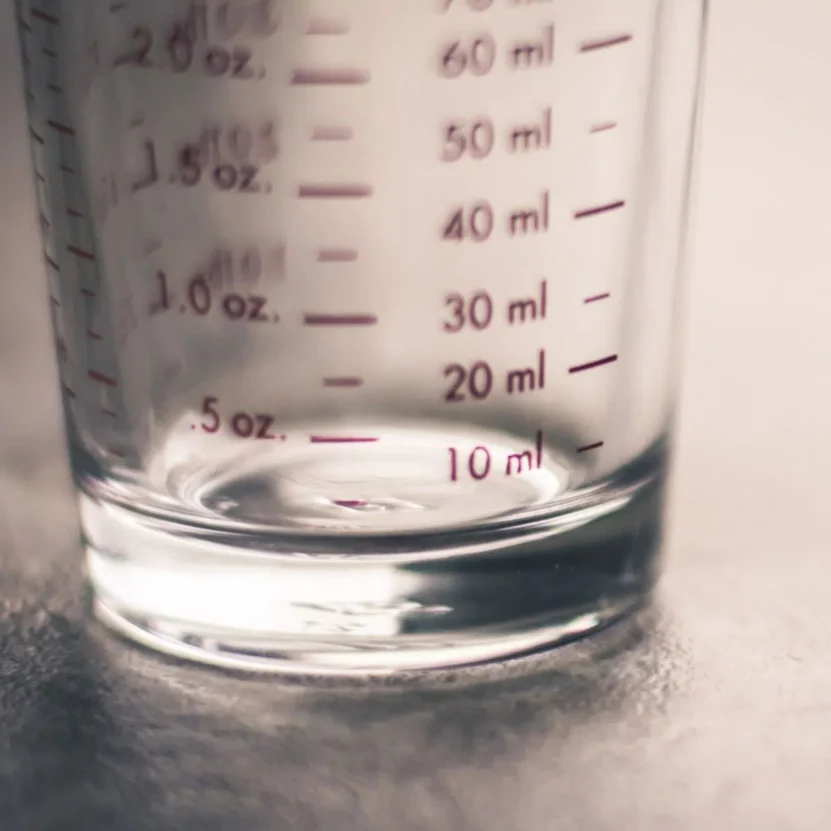
The Gold Standard: 1.5 Ounces
The standard shot glass size is typically recognized as 1.5 ounces or approximately 44 milliliters. This measurement has become the industry standard across many regions. But why did it achieve such widespread acceptance?
Unraveling the Origin
The 1.5-ounce one gained popularity due to its compatibility with liquor bottles that were traditionally measured in fluid ounces. This standardization allowed for ease of use and simplified bartending practices. Over time, the 1.5-ounce shot became synonymous with a single serving of spirits.
Variations and Regional Differences
While the 1.5-ounce one is widely recognized, variations can be found in different regions. In some countries, such as the United Kingdom, shot glasses are commonly 25 milliliters (0.85 ounces), while others, like Japan, have larger sizes, ranging from 45 to 60 milliliters (1.5 to 2 ounces).
Shot Glasses for Mixology
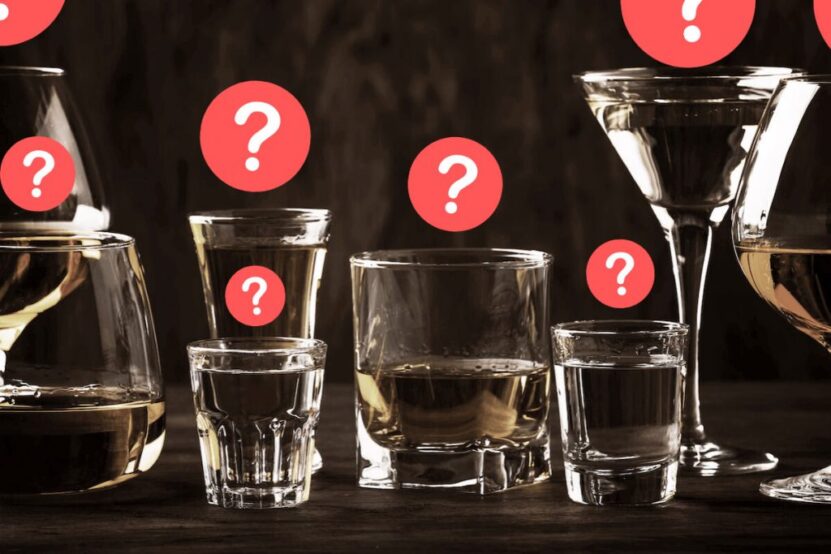
Mixology, the art of crafting cocktails, relies heavily on precise measurements. These glasses play a fundamental role in this craft, providing bartenders with a consistent measuring tool. Various shot glass sizes are employed for different cocktail recipes and measurements.
Accurate shot measurements are paramount in achieving a well-balanced cocktail. A slight deviation from the intended amount of an ingredient can significantly alter the taste and character of a drink. Mixologists rely on these glasses to ensure their creations are consistent and harmonious, providing a delightful experience to patrons.
Measuring Shots without a Shot Glass
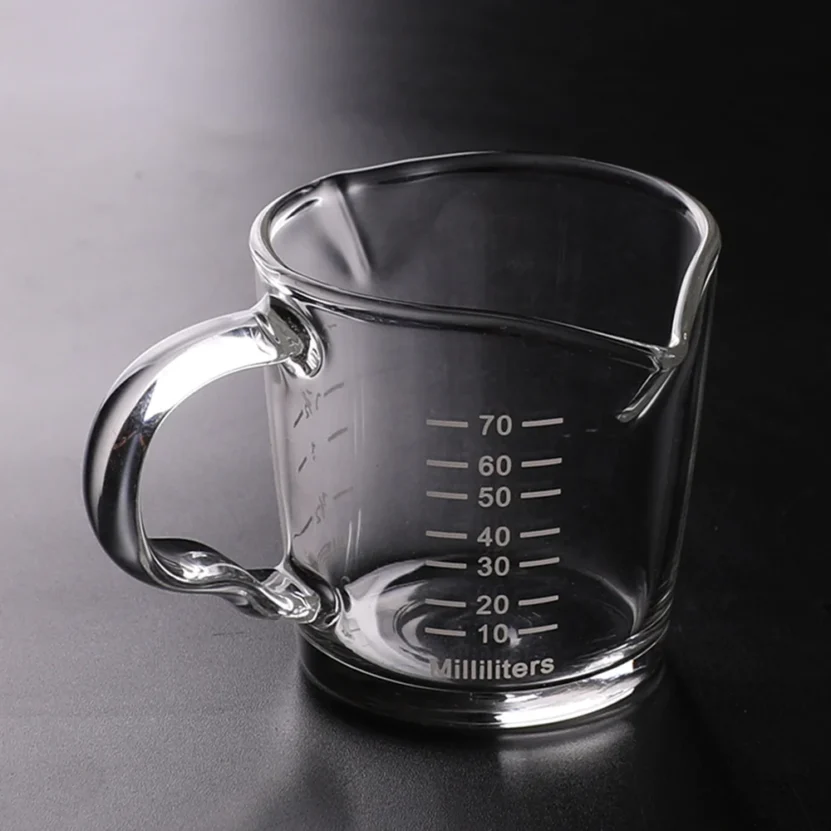
What if you find yourself without a shot glass? Fear not! There are alternative methods for measuring shots using common household items. From measuring spoons to egg cups, these improvised glasses can be a lifeline in a pinch.
When using alternative containers, it’s crucial to understand their capacity relative to a standard shot glass. For example, a tablespoon is roughly half an ounce, while a jigger typically holds 1.5 ounces. Familiarizing yourself with these conversions will ensure your drinks remain well-proportioned.
To ensure precision when measuring shots, follow these helpful tips:
- Use a liquid measuring cup: If you have a liquid measuring cup with markings, you can easily pour the desired amount of liquid by following the appropriate measurement lines.
- Pay attention to visual cues: Some shot glasses have lines or etchings indicating different measurements. If you have a glass with visible markers, use them as a guide to pour the desired amount of liquid.
- Practice with known measurements: Take the time to measure out different volumes of liquid using your improvised glass. This will help you familiarize yourself with the visual representation of specific measurements and improve your pouring accuracy.
- Calibration technique: Fill your improvised shot glass with water and pour it into a liquid measuring cup to determine its volume. This will help you understand the capacity of your chosen container and make more accurate measurements in the future.
Tiny Elegance
Miniature shot glasses, also known as cordial glasses or tasting glasses, are a charming subset of shot glass collecting. These diminutive glasses, often holding less than an ounce, serve a unique purpose in the world of drinking.
Miniature ones are ideal for tastings and samplings. They allow us to savor the intricate flavors and aromas of various spirits, from aged whiskies to aromatic liqueurs. Tasting events and establishments often employ these small glasses to enhance the experience and encourage mindful consumption.
Collecting miniature shot glasses has gained its own dedicated following. Enthusiasts seek out rare and distinctive ones to add to their collections, appreciating the intricate craftsmanship and the challenge of finding these tiny treasures.
Go Big or Go Home
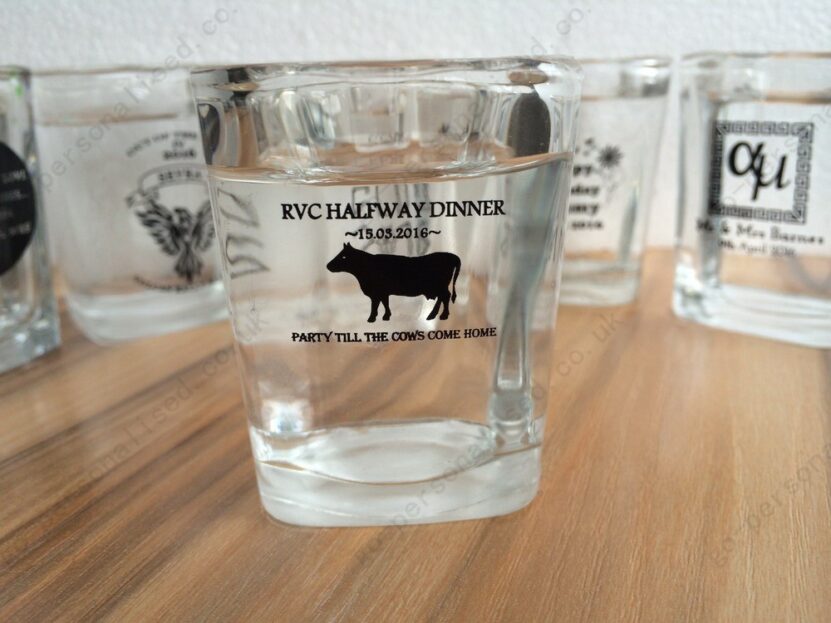
While shot glasses are typically small in size, oversized shot glasses offer a playful twist on the traditional concept. These larger vessels, often holding more than the standard 1.5 ounces, have found popularity in novelty drinks, party games, and unique serving presentations
Oversized ones lend themselves well to creative and visually striking drinks. From oversized Jell-O shots to layered cocktail concoctions, these glasses add a fun and memorable element to any gathering. They become a centerpiece for conversation and a source of amusement.
When serving oversized shots, it’s crucial to approach it with responsibility. Larger glasses can result in increased alcohol consumption if not used mindfully. It’s important to educate consumers about the potential impact of these larger servings and promote responsible drinking habits.
Bartenders and hosts should be mindful of serving sizes and be aware of the alcohol content in each drink. By monitoring consumption and encouraging moderation, they can ensure a safe and enjoyable experience for all.
Shot Glasses in the Bar Industry
Shot glasses are essential tools in the bar industry, enabling bartenders to deliver accurate measurements, maintain consistency, and showcase their craft. These small glasses play a significant role in the creation of various drink categories, including straight shots, shooters, and layered cocktails.
The diverse range of sizes caters to the specific needs of different drink categories. For example, straight shots typically use the standard 1.5-ounce shot glass, ensuring a measured and controlled serving. On the other hand, shooters might employ smaller or specialty-sized glasses to accommodate the mix of multiple ingredients.
Bartenders undergo training to master the art of pouring shots accurately. They learn to gauge measurements by eye and pour with precision, ensuring consistency across the bar. Shot glasses serve as the reference point for training, enabling bartenders to develop the necessary skills for a seamless and efficient service.
A Global Perspective
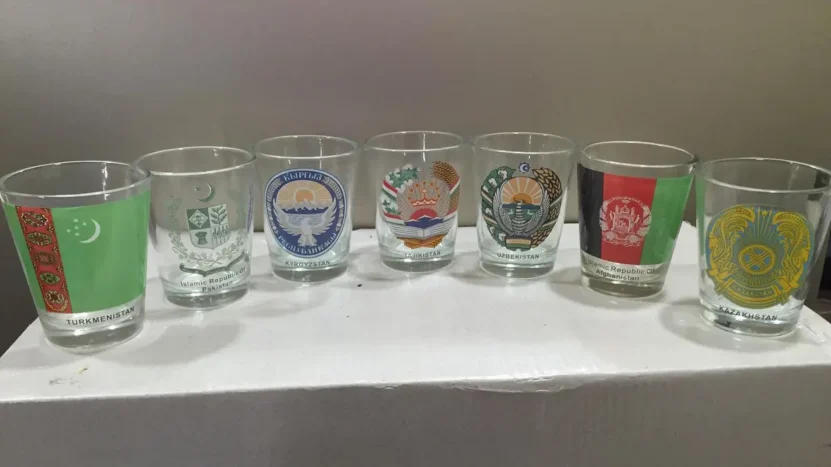
Shot glass sizes vary across different countries and cultures, reflecting the diverse drinking traditions and preferences worldwide. Exploring these international differences adds a fascinating dimension to understanding them.
These glasses are often measured in both ounces and milliliters, with different regions having their preferred measurement system. For instance, shot glasses in the United States are commonly measured in ounces, while many European countries use milliliters as the standard unit of measurement.
The sizes are not solely dictated by practicality; they also reflect cultural influences and traditions. In some countries, they may be larger to accommodate specific drinking customs or stronger spirits, while in others, smaller shot glasses may be favored to encourage slower, more mindful consumption.
Bottom Line
Shot glass sizes are more than just vessels for measuring and serving drinks. They represent a rich tapestry of history, culture, and creativity. Understanding the sizes empowers us to craft balanced cocktails, engage in responsible drinking, and appreciate the artistry behind these small but significant vessels.
So, the next time you raise a glass, take a moment to appreciate its size and the impact it has on your drinking experience. Cheers to precise measurements and memorable moments shared among friends!
